Xishuangbanna’s friendly capital Jinghong has some attractions to offer of its own, and is a great base for further exploration of the area.
I will have to quote my 20-year guide book once more: “Sleepy Jinghong is the tiny and wonderfully relaxed capital of Xishuangbanna”. And now you think, “there we go again, massive development, complaining about lack of atmosphere, where have I heard that before?” And yes, there are the usual massive developments, especially along the banks of the mighty Mekong, which flows through town. London may have its Gurkin, Jinghong will have four, in the near future. Together with a whole string of huge river-view apartment buildings and five-star hotels, to accommodate tourism. Yet, despite all this, Jinghong is still sleepy, tiny and relaxed, unlike the other Chinese cities we have encountered in Yunnan. People are markedly friendlier, more helpful, too. Would it have something to do with the fact that Xishuangbanna is dominated by ethnic minorities rather than by Han Chinese? That many of these groups adhere to a different kind of Buddhism, more the Thai sort than the Chinese version? Or would it be the tropical climate, which divides in an emphatically wet season, June to October, and in a dry season outside that window? Which is now. Despite the fact that it rained on our arrival.
It started with the check-in for our hotel, where the staff where trying whatever necessary to understand what we wanted, and went out of their way to accommodate us – for Chinese standards exceptional. Or no, it started with the taxi driver who lifted our suitcase out of the trunk, first time so far in China, where everybody seems to be programmed to help themselves, don’t expect any service. And the restaurant owner, kind and patient and helpful, subsequently serving a wonderful meal; and the girl in the coffee shop, and at the supermarket counter. All very different from our experiences so far, all very un-Chinese. Southeast Asian, rather.
Never mind that Jinghong, despite it obviously having been geared up to receive hordes of tourists, doesn’t have much to offer in terms of tourist sites, at least not to us. There is a Buddhist temple, Wat Manting, with a nice park attached to it, and a string of tourist trinket stalls. And an open air theatre, where actors and dancers clothed in an idealised version of ethnic minority outfit, play some kind of musical, in front of a few tourists. Never mind that many of those tourists – a minority village on an outing, and having dressed up for the occasion – were far more photogenic.
Another great place is the Tropical Flower and Plants Garden, with lots of different flowers and plants; where we spent a very peaceful hour-and-a-half, wandering the various sections, the only noise coming from the occasional tourist groups, and from the tourist trinket stalls on the premises. And there is even a whole street, in the north of town, with only tourist trinket stalls, selling the main products of the area, being jade and tea, as well as the usual ethnic minority cloths, baskets, and what have you. It is just that there are hardly any tourists.
Luckily, there are also several markets in town, always a great place to connect with people, and to discover the weirdest vegetables and fruits, many of which even we hadn’t seen before. Great atmosphere, good fun!
next: nearby Ganlanba, the first of several Xishuangbanna villages
And Jinghong has the Mekong, of course. Making our way through the various river-side developments, we manage to get to the river itself. During the day, which was a mistake, because this place obviously only comes to live at night, the many restaurants, the bars, and a few dodgier places, too. The view from the terrace is of the enormous suspension bridge, and of construction on the opposite bank (the Jinghong Gurkins, amongst others), but the place is nice enough for a beer or two, and dinner one night. When not only the restaurants are operating at full capacity, but also the food stalls outside, selling a variety of attractive barbeque products, of which the oysters are perhaps the most unusual.
The only thing Jinghong has in common with our earlier China experience is its information provision for tourists – or shall I say, non-Mandarin speaking tourists (and not-entirely-fluently-Mandarin speaking travel companions). Once again, no travel agencies, no tourist touts, and that whilst tourism is obviously supposed to be a big thing here. Somehow, we had gotten hold of a photocopy of an English language A4 map produced by the Forest Café, which turned out to be located on the fourth floor of an apartment building. And which was closed. An attempt through our friendly, helpful hotel staff yielded a phone number of an English-speaking guide, who turned out to be out of the country. But who had the number of a friend. Who we managed to contact for a few days exploring ethnic minority villages in the surroundings. Finally, the real thing! This is what we had come to Xishuangbanna for!


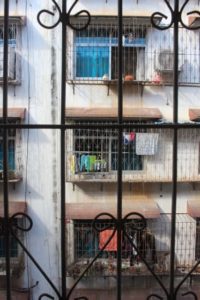
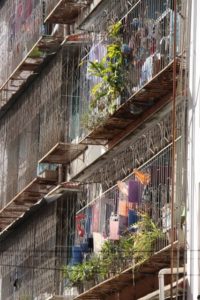

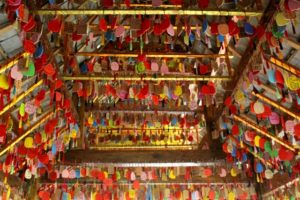
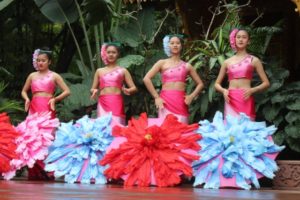

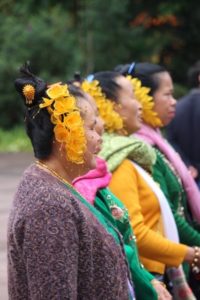

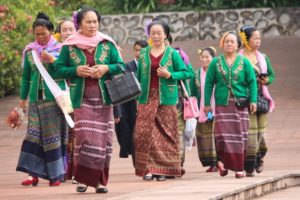

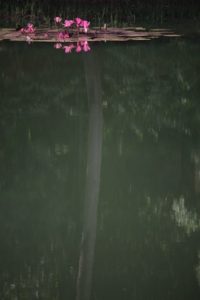


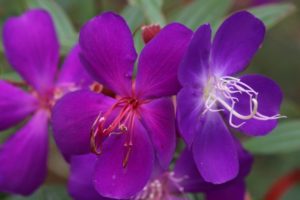
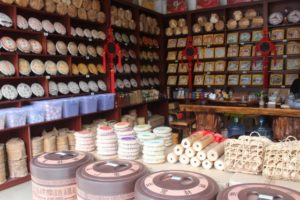
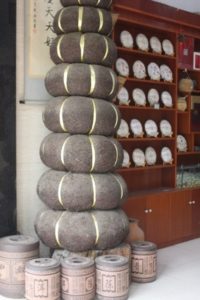
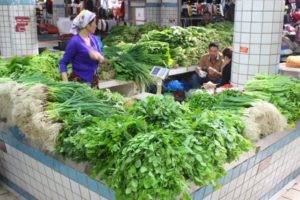

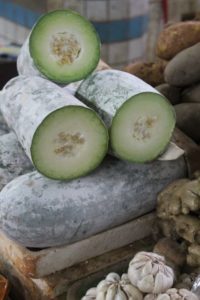


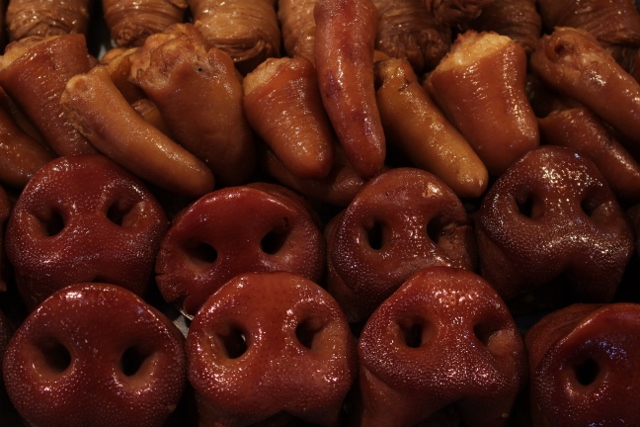
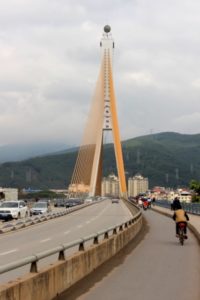



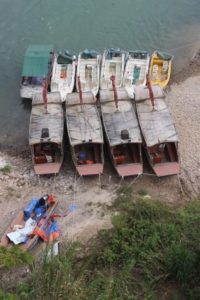
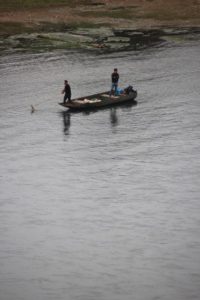


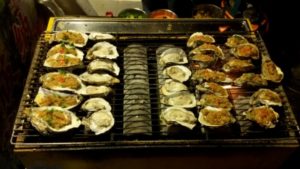
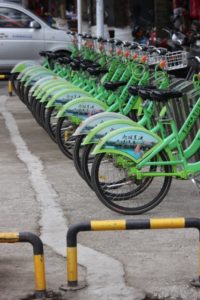
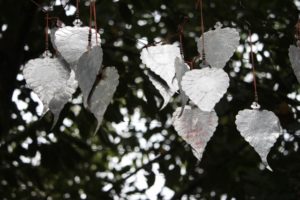









People are friendly today because it’s Sofia’s birthday!!
Have a Nice day
Ha, ha, Jinghong was in fact on New Year’s Eve, I am a little behind. Sofia’s birthday we celebrated on our first evening in Vietnam (still to come, of course)